Sure, winter has its charms: thick books and socks, a glass of fireside red or a stiff aperitif after a day of downhill runs. But winter’s pleasures are often solitary ones. Now, as the days lengthen, your thoughts naturally turn to backyard cocktails in the company of friends. So check out these Top 5 Best Summer Cocktail recipes…
While the modern mixologist is rightly celebrated for their ability to get us tipsy in style, the rise of the professional bartender has promoted the misapprehension that you need to be an expert to mix drinks. Not so. The crystal-clear Bloody Mary and the julep served in a beaker of smoking dry ice are entertaining, but they’re theatre. The classics are classics because they taste amazing, and they’re mostly easy to make.
The following five drinks form the foundations of the craft of cocktail making, but they’re all incredibly simple. Yet they’ll still impress your friends as you welcome them to your next dinner party, kick back on a picnic or toast them at brunch.
Need to stock up your home bar first? Read about our must have spirits.
Negroni
- 30ml Campari
- 30ml London Dry Gin
- 20ml sweet vermouth
- Ice
- Soda water
- 1 sliver orange rind
With its rich amber colouring, a slick, deep, oily mouthfeel, its hearty sweetness, bright floral aroma and refreshingly bitter finish, this is close to the perfectly balanced cocktail. And it works equally well at the start of the evening as it does at the end, cleansing your palate for what’s to come.
The first Negroni was poured at the Caffe Casoni in Florence, some time in the 1920s. A regular fixture at the bar, Count Camillo Negroni (so the legend goes) asked the barman to add gin to his Americano — and it was an unabashed success. In recent times we’ve seen some fascinating interpretations of the Negroni — it’s regularly served on tap at neighbourhood Italian restaurants, aged in wine barrels for a deeper, smoky flavour, and even bottled with nitrogen by bartenders to serve on the spot or take home.
But the original’s still the best. It’s based on Campari, an Italian liqeur made with botanicals such as chinotto and cascarilla that give it a bitter, herbaceous flavour and its distinctive shade of red.
A good London Dry Gin is non-negotiable — Beefeater is an excellent quality but affordable place to start, Tanqueray is slightly more botanical, while Australian distillers Four Pillars are making an excellent Spiced Negroni Gin specifically for this drink, with a blend of Tasmanian pepperberry, clove and blood orange designed to cut through the Campari.
Finally you’ll need some sweet vermouth, a fortified wine flavoured with flowers, seeds and bark that is perfectly refreshing on its own (try it in the spirit of research). Noilly Prat’s the international standard, but local producers Maidenii are making some absolutely stunning variations.
It’s traditional to serve Negronis in a squat, open Old Fashioned glass — but really, just go to the cupboard and choose a glass you like. It’s your drink, after all. All you need to do is slowly pour all three ingredients over ice, and gently stir them around in the glass, then top off with the smallest touch of soda. Garnish with orange rind, floating at the top of the glass.
Bellini
- 2 ripe peaches, peeled, halved and stone removed, or the equivalent using tinned peaches in natural juice
- Chilled Prosecco, Champagne or sparkling wine
It’s the weekend, so normal rules simply don’t apply. You’re just not obliged to wait for five o’clock to roll around — and besides, what’s long, slow brunch in the sun without a Bellini? Anyway, it’s mostly fruit.
Invented by Venetian barman Giuseppe Cipriani at Harry’s Bar in 1948, it was originally only made when white peaches were in season. I suggest you do the same, as while canned or frozen fruit is perfectly serviceable, there’s nothing like the subtle fragrance of a fresh peach.
First, you’ll need some fizzy wine. Being an Italian cocktail, it’s customary to use dry-ish Prosecco from the Veneto region, but it works perfectly with Champagne (everything works perfectly with Champagne) — though make sure it’s a pretty dry one. Meanwhile, Australian sparkling is no poor cousin — think Victoria or Tasmania.
Next, you’ll need those ripe peaches. Whiz them up in a food processor (a Vitamix if you’re lucky enough to have one). Tip the puree into a mixing glass, tilt it, and slowly pour the Prosecco over the peaches. Stir, but very gently — too vigorous and you’ll unbubble your sparkling wine. Then take a strainer and pour the contents into champagne flutes. While it’s not mandatory, you can finish your Bellini with a dash of Peach Schnapps floating on the top.
Bellinis are a great party drink — they can be made in large batches and poured out to guests as they mingle. They’re also relatively light, which can help maintain composure…
Manhattan
- 50ml whiskey
- 20ml sweet vermouth
- 2 or 3 dashes Angostura Bitters
Most stories about Winston Churchill’s family are, at best, greatly embellished. The origin of the Manhattan is no exception. The story goes that Jennie Churchill, Winston’s mother, threw a party at the Manhattan Club celebrating the election of the new governor, and created this drink in his honour.
It’s probably totally untrue, but the Manhattan does hail from the golden age of cocktails. Much like now, 1870s’ New York had both earthy neighbourhood bars and palatial institutions like Hoffmann House, with its fifty-foot mahogany bar, marble walls and floors, where the Manhattan was unquestionably served.
The recipe for the Manhattan is unchanged: you’ll need whiskey — being an American drink, it’s traditional to use rye. The benchmark is Rittenhouse, but bigger producers like Wild Turkey are making delicious dry ryes for about half the price. A good bourbon is fine, but probably a bit sweet. If you use peated Scotch, you’re making a Rob Roy.
Again, you’ll need a quality sweet vermouth, which is an essential element of any cocktail cabinet.
And, you’ll need a few drops of bitters. The most common brand is, of course, Angostura – but there’s a wide variety of more esoteric concoctions available now. Peychaud’s has long been used to add aromatics to a Manhattan, while the Australian Bitters Company is making an interesting local variation.
Fill a cocktail shaker jammed to the lip with ice, then pour your ingredients over. Seal up the shaker tight, and shake, vigorously and quickly. Then, using a strainer, pour into a martini glass, straight up. If the glass is super-cold from a stint in the freezer, more’s the better. For the final touch, add a maraschino cherry, or a delicious fresh variety if they’re available.
Screwdriver
- 30ml vodka
- 120ml freshly squeezed orange juice
- Orange peel to garnish
The humble Screwdriver is probably the simplest drink to mix – in fact, it probably just scrapes in to the category of ‘cocktail’ — it’s essentially just fresh orange juice, ice and vodka. Being so easy to make, though, is key to its popularity. Adman John Martin exploited its simplicity in the 1950s, when he introduced Americans to Smirnoff Vodka after the Second World War.
The sources of its name are, like most cocktail origin stories, questionable. But, the story goes that American oilmen from Texas, Oklahoma and Californian working in the Persian Gulf would surreptitiously add Vodka to their orange juice (while operating heavy machinery, mind you), and would stir their mug with their screwdriver.
These days, we’re totally spoiled for choice when it comes to vodka. Polish variations such as Belvedere are incredibly refined, as is the French Grey Goose. The Dutch-made Ketel One is also preferred by many bartenders, and New Zealand’s 42 Below is also making inroads. Locally, Hippocampus are making a twice-distilled unfiltered vodka in WA that’s definitely worth checking out.
Orange juice is, of course, best when it’s freshly squeezed — stick your citrus in a juicer, squeeze it by hand or use a Mexican Elbow, one of the most invaluable tools for the avid home mixologist.
To prepare, simply fill a tall highball glass to the top with large ice cubes , add your vodka and your juice, then swizzle, preferably with a Phillip’s head. Garnish with a piece of orange peel — ideally, just the rind, not the bitter white pith underneath.
Sangria
- 1 lemon, sliced, seeded
- 1 orange, sliced, seeded
- 55g (1/4 cup) caster sugar
- 750ml bottle Spanish red wine
- 60ml (1/4 cup) brandy
- 500ml (2 cups) soda water
With the sun high over the backyard, or filtered through the trees in the park, there’s no more satisfying refreshment than tall glass of Sangria. The Spanish, who know exactly how to host a party, have been drinking Sangria for centuries, building on their heritage as the Roman Empire’s vineyard. It’s perfect for a long, hot afternoon in that it’s thirst-quenching, but has enough body and depth to still have character.
There are no hard-and-fast rules about what should go into a good Sangria. Basically, it’s a wine punch, flavoured with fruit, fortified with spirits and topped-off with soda. However, there are some definite guidelines that are worth observing.
Firstly, it’s worth sticking with Spanish varieties — think grenache or tempranillo. It’s easy enough to find some great bottles of Rioja, but buying a bottle of delicately perfumed grenache from the Adelaide Hills is always a winning decision. Though it’s not exactly orthodox Sangria practice, there’s nothing stopping you from using a white varietal such as an oily, delicious and usually affordable Alberino from the Rías Biaxas, or a mineral-rich rosé.
You’ll also need brandy, a spirit itself distilled from wine which is, on its own, an acquired taste. Choices on brandy are near limitless, and entirely dependent on your wallet — you could also select an Armagnac or Cognac if you’ve got the budget.
And finally, you’ll need fresh, seasonal fruits. While citrus isn’t strictly in season over summer, it’s still readily available. Adding the zing of fresh lemon and the orange tang certainly counterbalances the tannic body of wine. But, there are plenty of other fruits in season over summer — think strawberries, nectarines and apricots, grapes and melons. Meanwhile, some fresh rosemary, mint or basil can add some welcome depth of flavour.
To prepare, add a little sugar to a jug or your fanciest punch-bowl, and add the wine, brandy and fruit. Give it a gentle stir to dissolve the sugar, and then top up with soda water. Ladle the Sangria mixture into glasses filled with ice.
Feel free to get creative with your Sangria creations — some non-traditional ingredients for a summer afternoon might include sake and white wine, the fresh, clean flavour of lemongrass, or a few blooms of lavender. Cheers!
Related Stories:-
Top kitchen appliance trends for 2017
How to fix a refrigerator
Top 5 Best Pate recipes for every season
Smoked salmon pate recipe
Three kinds of pork pate recipe
Savoury walnut mushroom pate recipe with fresh thyme
Smoked Mackerel Pate recipe with Fresh Horseradish
Chicken Liver Pate recipe with Floral Capers
7 must-haves to build the perfect home bar
How to store vegetables
How to cook the perfect steak
Hisense French Door Fridge in the spotlight with amazing reviews
The Kitchen State of Origin: Five state-by-state facts about what’s in your fridge
Is my fridge broken?
Top 10 Best Tips for a stress-free Christmas
Top 5 Best dishes for entertaining this Summer
Refrigerator Buying Guide: What’s the right fridge for you?
Smelly Fridge! Help! How to stop a stinky refrigerator
5 easy tips to reduce food waste in your kitchen
5 Top kitchen renovation layouts
Introducing the new Glass French Door Fridge
Top 10 Best Tips to stick to your kitchen reno budget
Find a fridge retailer
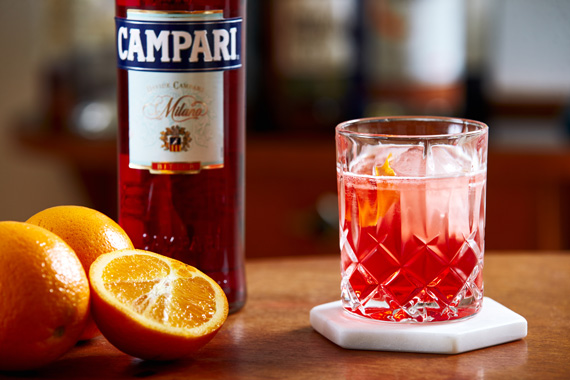
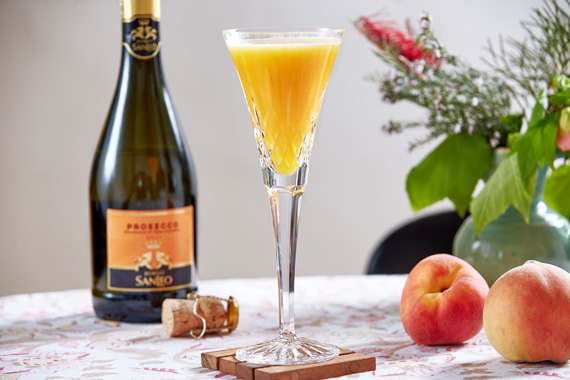
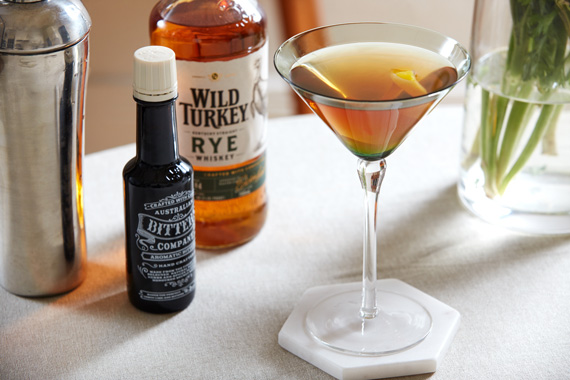
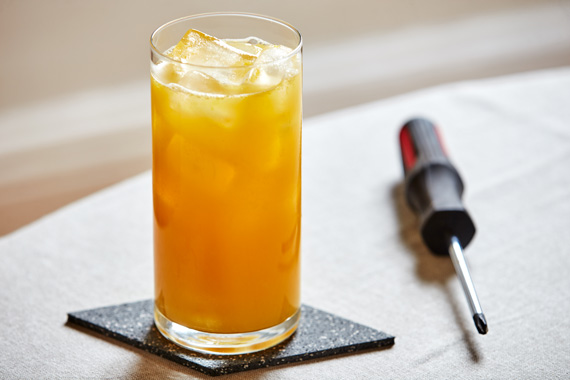
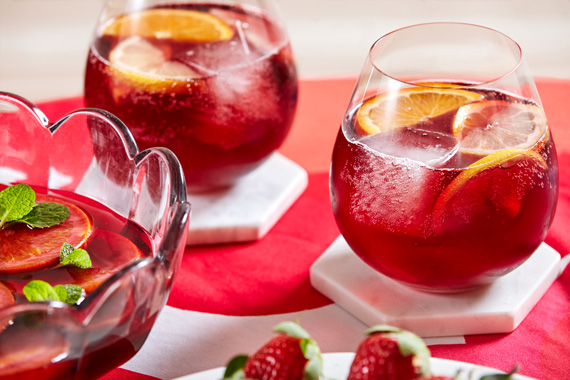






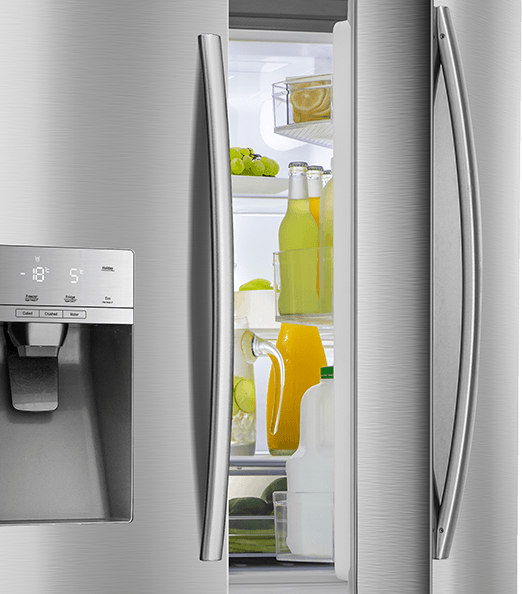
 Australia
Australia












